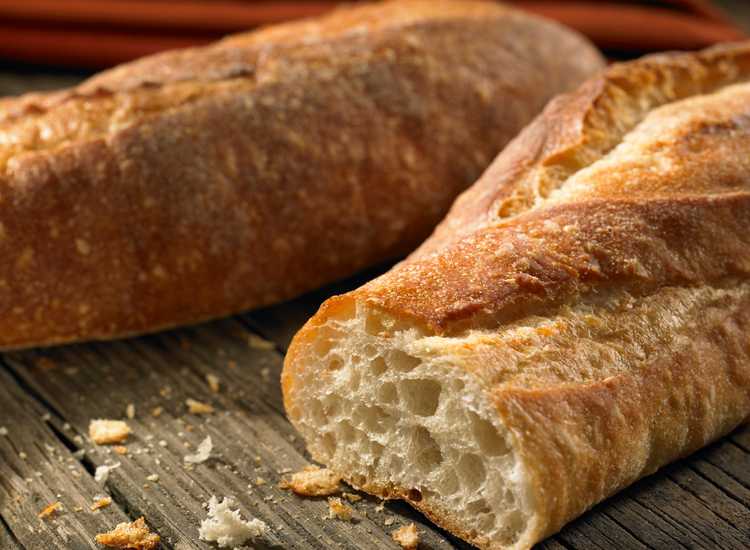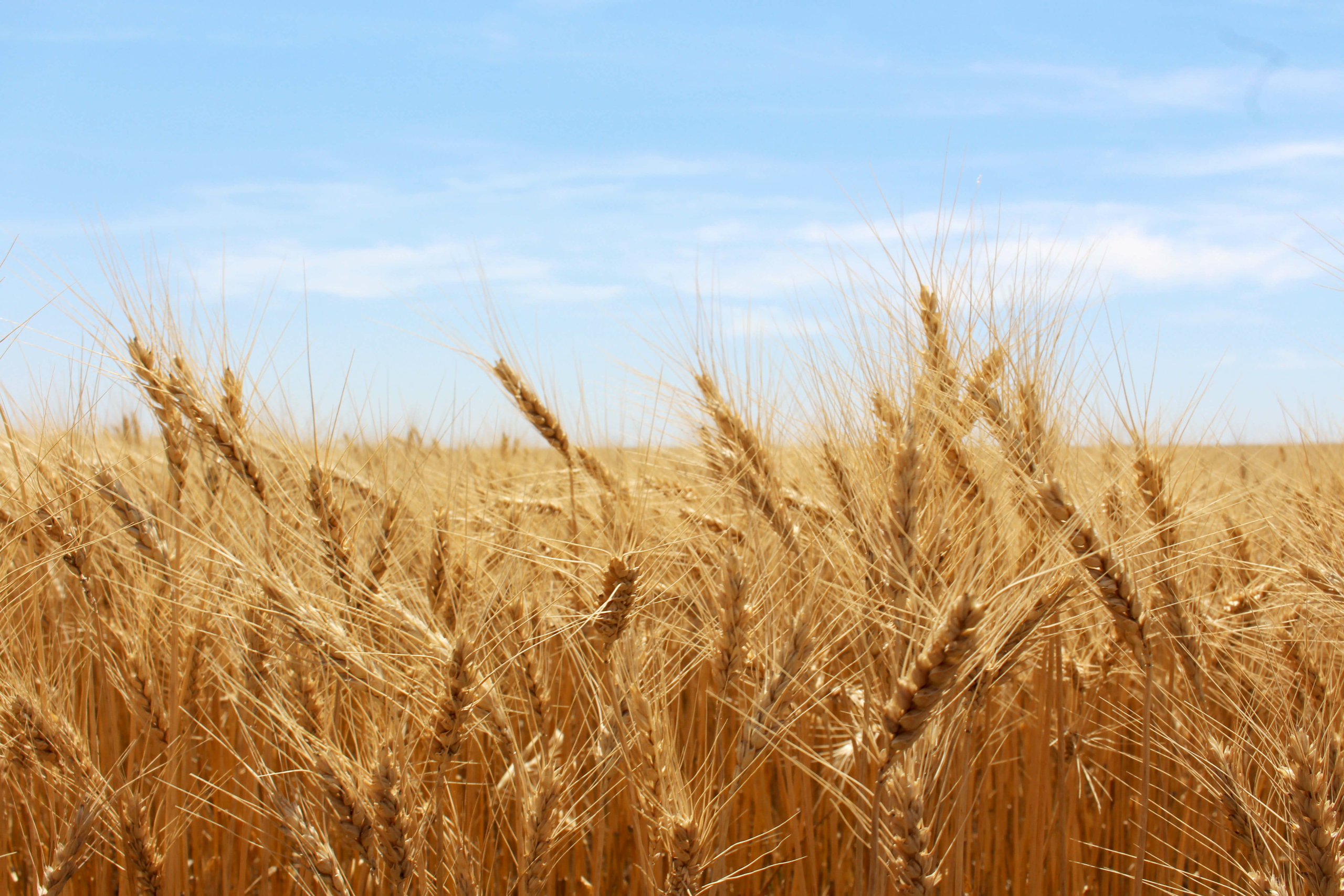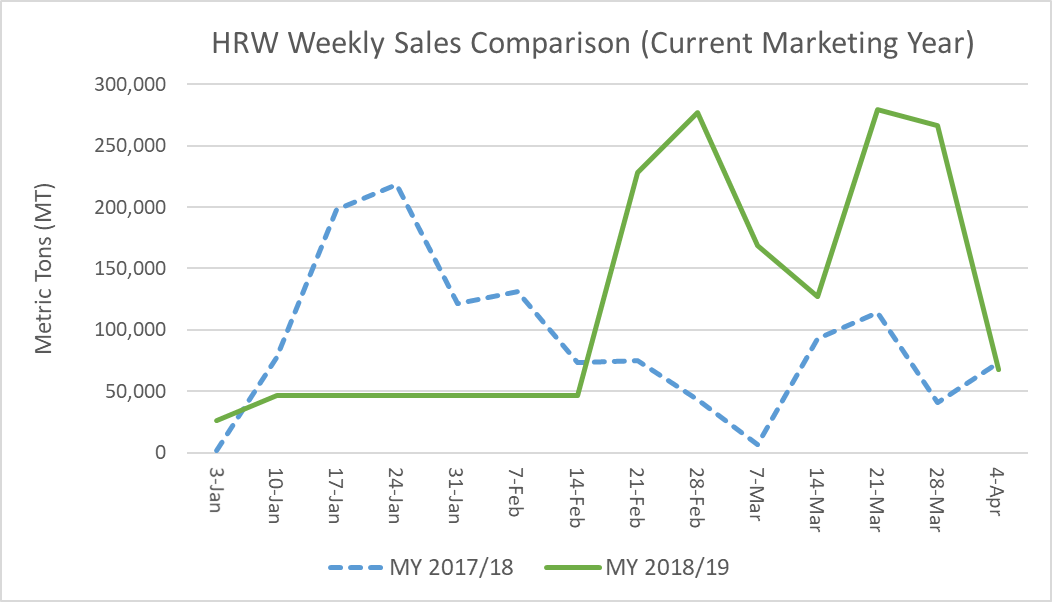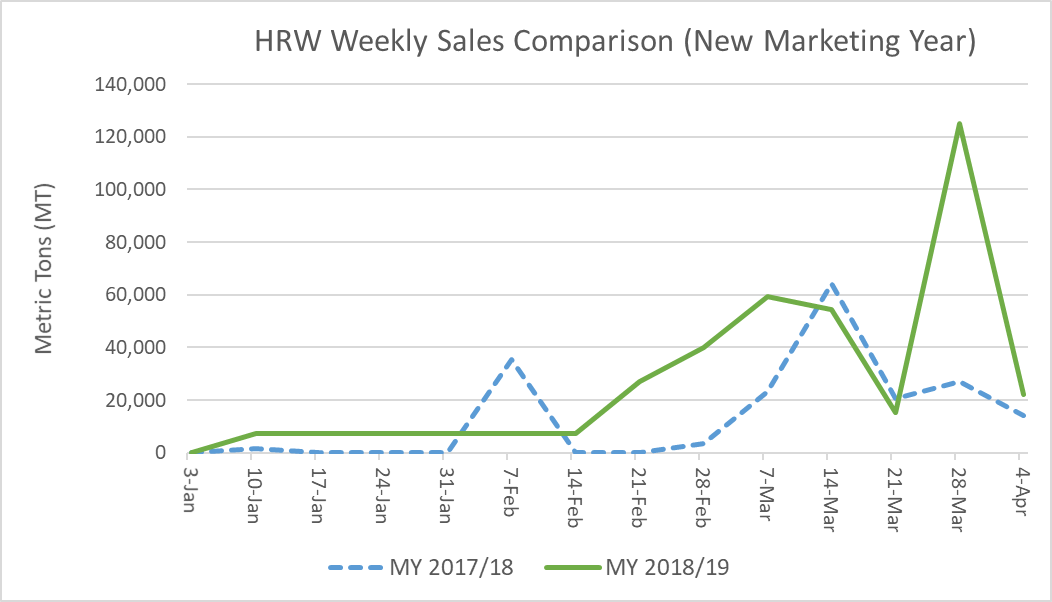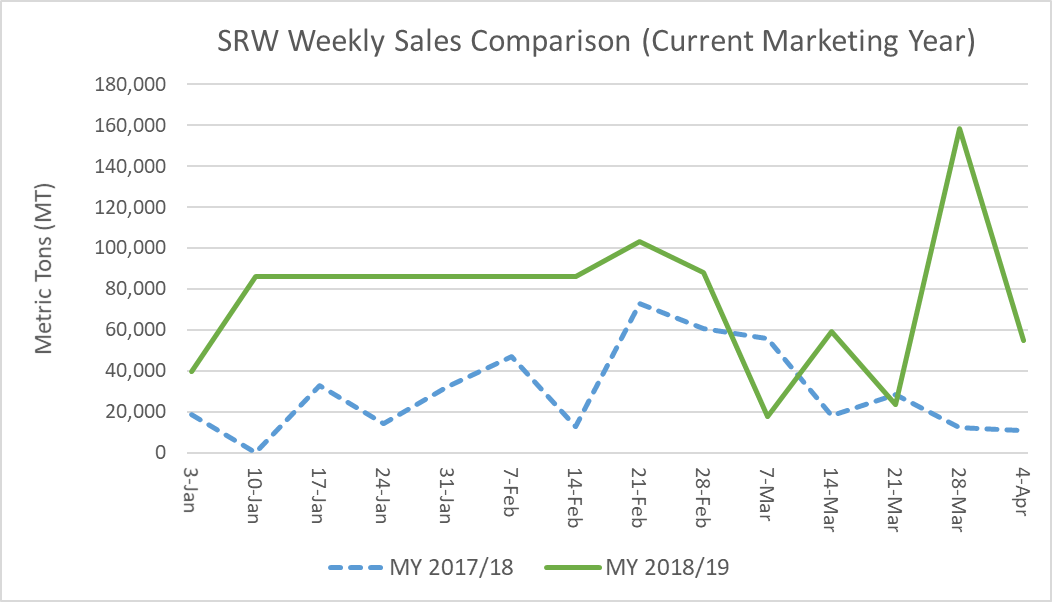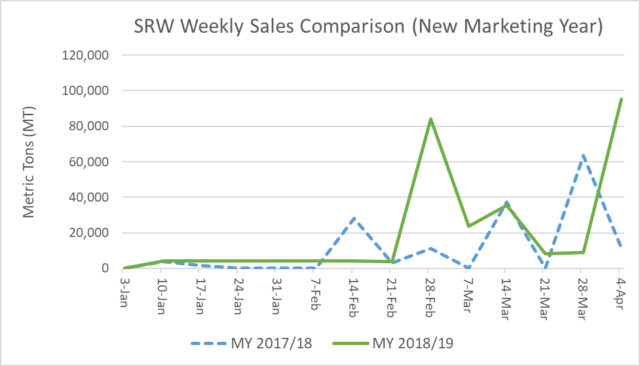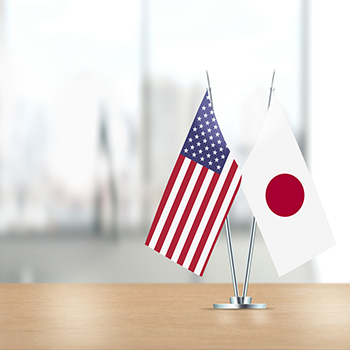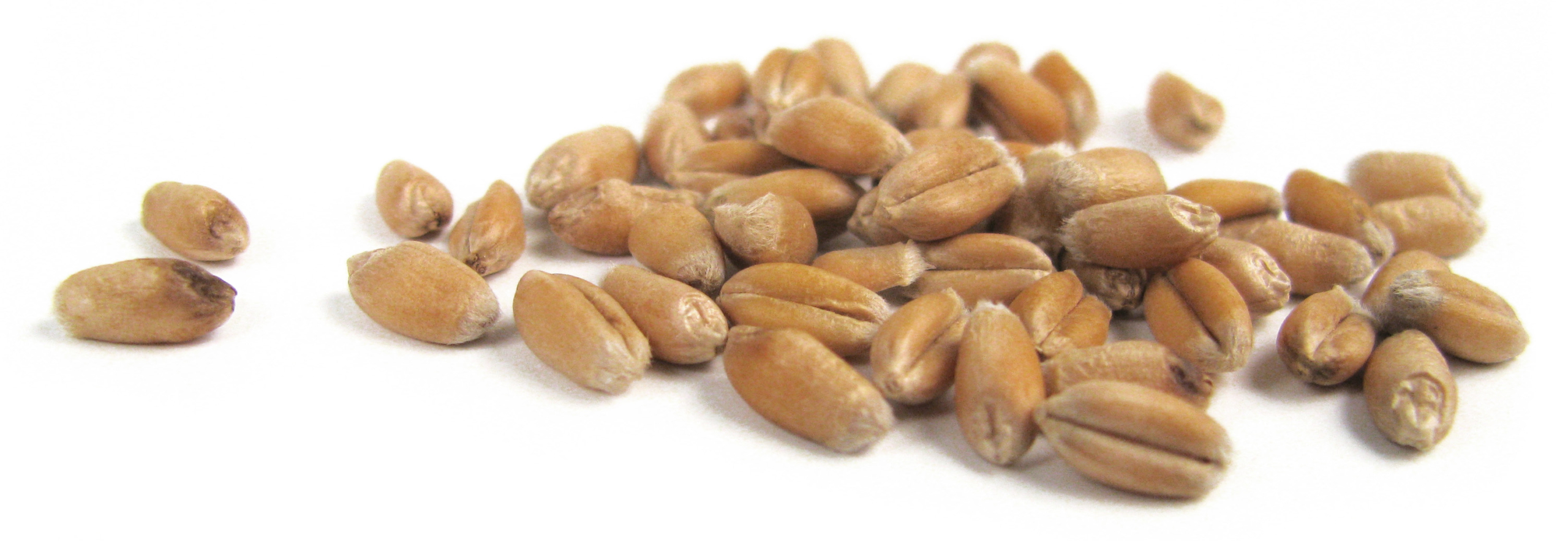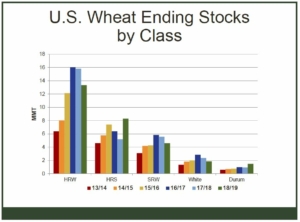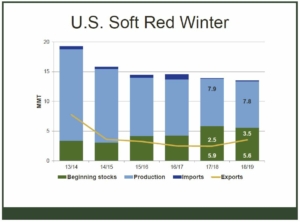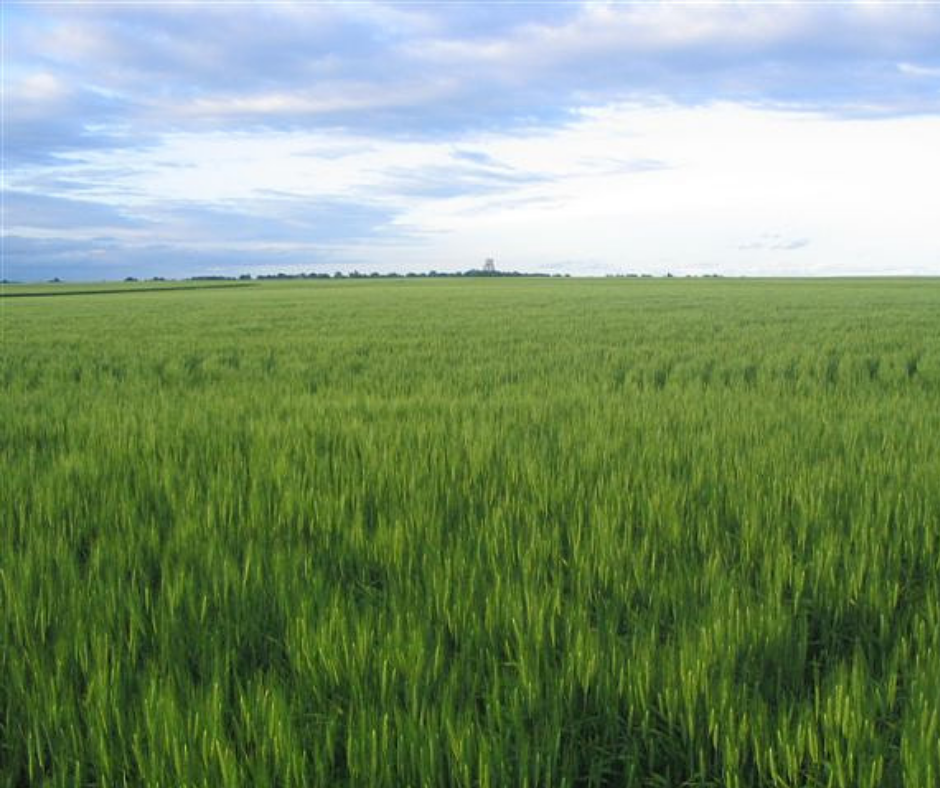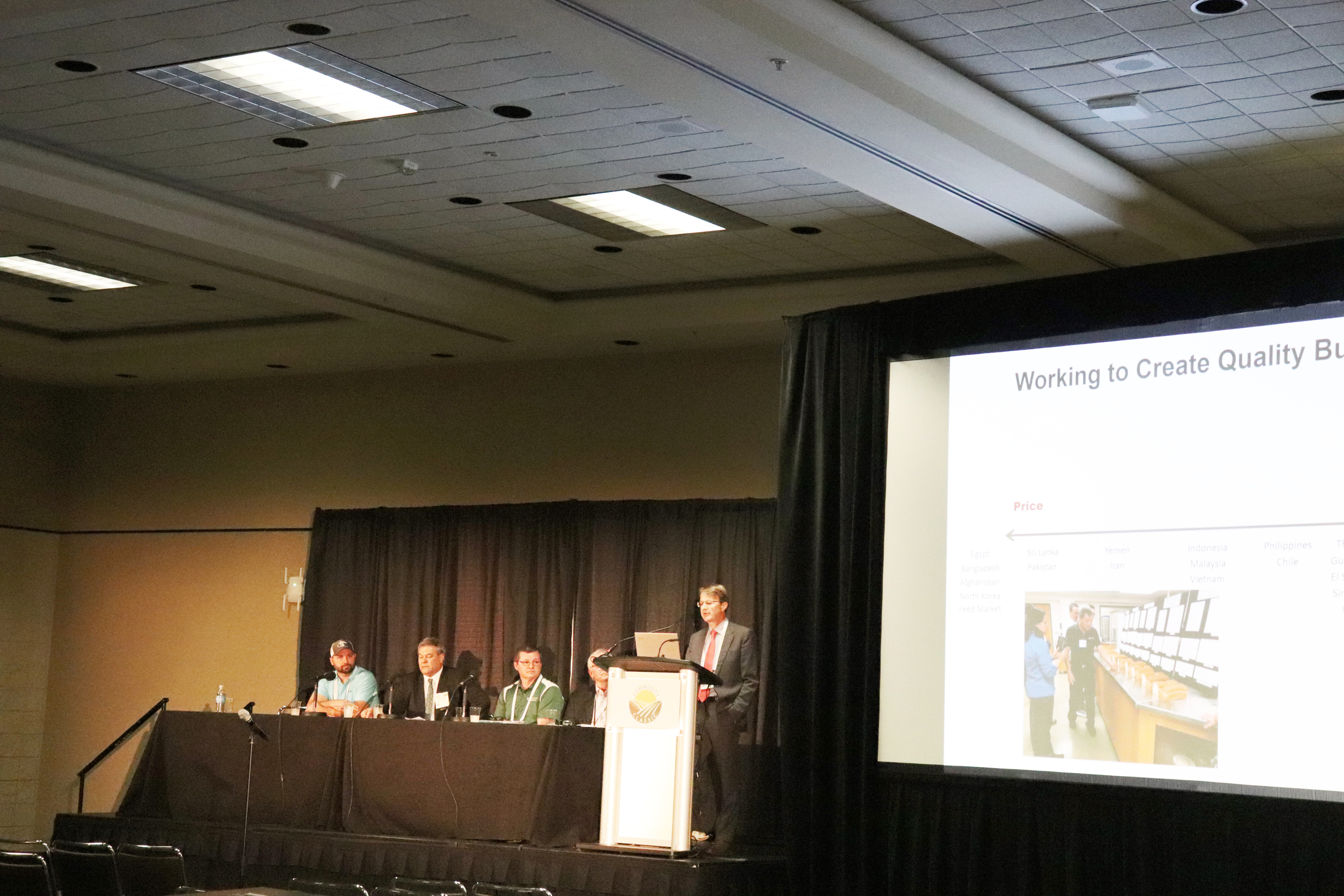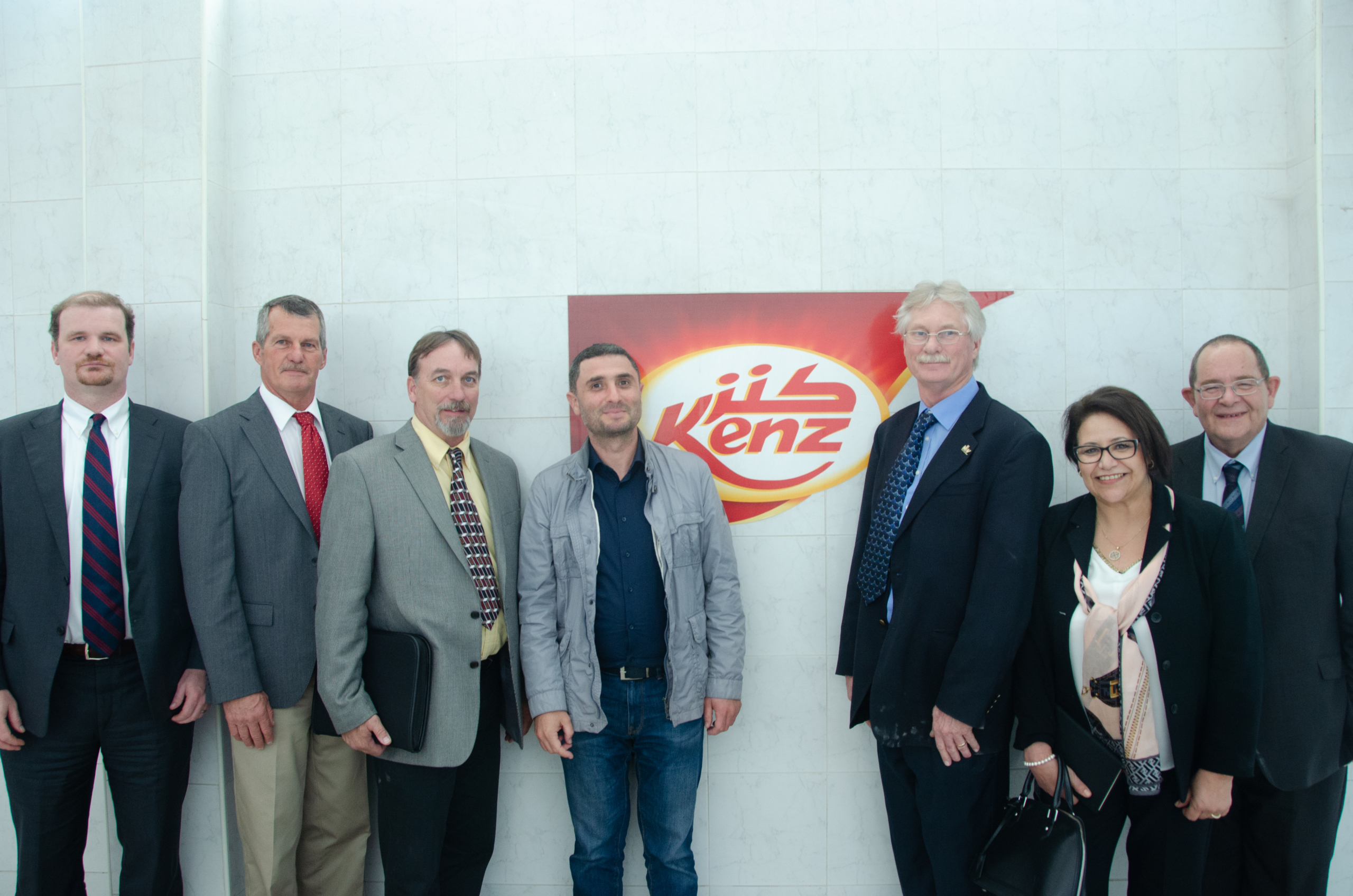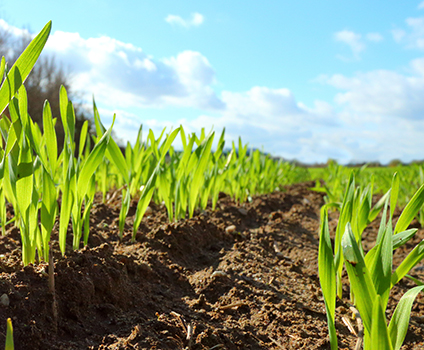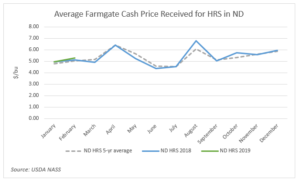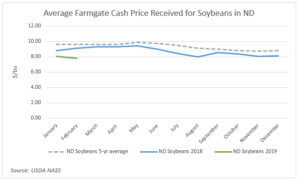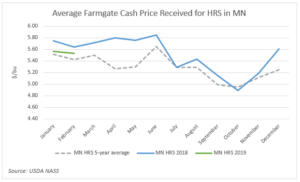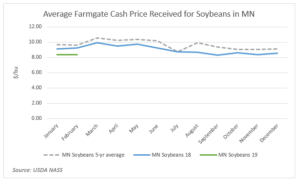Recent news and highlights from around the wheat industry.
Quote of the Week: “With these decisions, we call on the Chinese government to come into compliance with the rules it accepted when it joined the WTO. The world now sees that their policies stifle market-driven wheat trade, block export opportunities and force private sector buyers and consumers to pay more than they should for milling wheat and wheat-based foods.” – Vince Peterson, USW President, commenting on the April 18 WTO dispute panel ruling that China does not fairly administer its annual TRQ for imports of corn, rice and 9.64 million metric tons (MMT) of wheat. Read the full news release here.
Congratulations. We are fortunate to have devoted, loyal colleagues at USW. This month Accountant Ana Laura Salinas from the USW Mexico City Office is celebrating 20 years. Thank you, Ana Laura, for your service to our organization, to U.S. wheat farmers and to our customers around the world.
Our Sympathies. We have learned that William L. “Bill” Hulse of The Dalles, Ore., passed away in March at 98 years old. Mr. Hulse was the first Vice Chairman of USW, elected at the January 1980 meeting at which USW was established, and served as Chairman for 1981/82. During his chairmanship, the USW board hired the late Winston Wilson as President, who served until his retirement in 1997. Our condolences to Mr. Hulse’s family and friends.
Wheat Buyers from Morocco and Tunisia Visit Kansas and Texas. Wheat buyers from Morocco and Tunisia got a closer look at the intricacies and reliability of the U.S. grain infrastructure during their Cochran Fellowship Program experience in Kansas and Texas April 12 to 19. The program offers short-term training opportunities to agricultural professionals from middle-income countries, emerging markets and emerging democracies. Read the full story here.
2019 Borlaug CAST Communication Award. The Council for Agricultural Science and Technology (CAST) recognized Dr. Frank Mitloehner, professor and air quality specialist in cooperative extension in the College of Agricultural and Environmental Sciences at the University and California, Davis, with its 2019 Borlaug CAST Communication Award. This award is presented annually for outstanding achievement by a scientist, engineer, technologist or other professional working in the agricultural, environmental or food sectors for contributing to the advancement of science in the public policy arena. Read the full release here.
2017 Census of Agriculture Data Now Available. USDA announced the results of the 2017 Census of Agriculture Apr. 11, spanning some 6.4 million new points of information about America’s farms and ranches and those who operate them. Read the full release here.
Refined Grains and Health. A study showing that current guidelines on refined grains are misguided was recently published in a respected nutrition journal, Advances in Nutrition. The article, Perspective: Refined Grains and Health: Genuine Risk, or Guilt by Association? was developed by Dr. Glenn Gaesser, Director of the Healthy Lifestyles Research Center, at Arizona State University. Gaesser conducted a comprehensive literature review looking specifically at the relationship between refined (or enriched) grain intake and risk of major chronic diseases. Read the article here.
Cassidy Anderson Joins IGP Institute Team. The IGP Institute welcomes Kansas State University agribusiness graduate Cassidy Anderson, as the new distance education coordinator beginning May 20, 2019. Anderson first joined IGP as a student intern in 2016 and has since supported vital distance education activities. Read the full release here.
Baking with Hard Red Spring Wheat Flour Course. The Northern Crops Institute is hosting a course focused on hard red spring (HRS) wheat and flour May 14 to 17, 2019, at its facilities in Fargo, N.D. Participants will spend time in the baking laboratory, making pan breads, hamburger buns, hard rolls, bagels, pizza crusts, wheat-flour tortillas and more. Click here to learn more and register by April 22.
Baking with Whole Wheat and Whole Grains Course. The Northern Crops Institute is hosting a course focused on the utilization of whole wheat flour made from hard red spring (HRS) wheat and how to incorporate other whole grain ingredients into wheat-based products. The July 30 to Aug. 2, 2019 course will be at its facilities in Fargo, N.D. Click here to learn more and register by Monday, July 8.
Buhler-KSU Executive Milling Short Courses. IGP Institute offers this executive milling course several times in 2019 at its campus in Manhattan, Kan. The course, focused on the underlying principles of the milling process and operational management, will be offered in English May 20 to 24, 2019, and Nov. 4 to 8, 2019, as well as in Spanish Aug. 26 to 30, 2019. Click here to register to these courses.
Subscribe to USW Reports. USW publishes a variety of reports and content that are available to subscribe to, including a bi-weekly newsletter highlighting recent Wheat Letter blog posts, the weekly Price Report and the weekly Harvest Report (available May to October). Subscribe here.
Follow USW Online. Visit our page at https://www.facebook.com/uswheat for the latest updates, photos and discussions of what is going on in the world of wheat. Also, find breaking news on Twitter at www.twitter.com/uswheatassoc and video stories at https://www.youtube.com/uswheatassociates.

